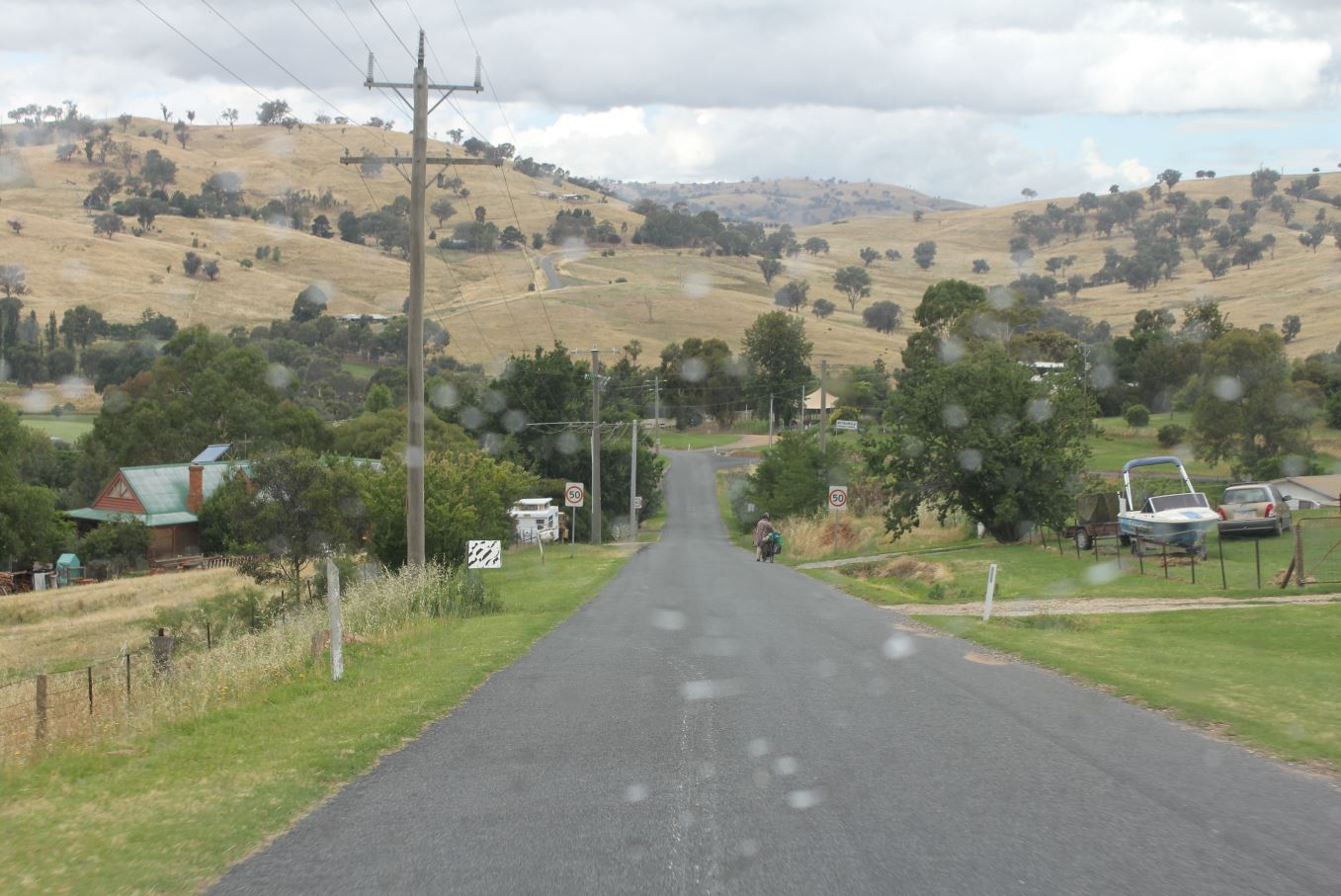In the past, I have blogged about my Great Great Grandparents William Morey and Frances Fox. William was born in 1851 in the Black Ranges of Victoria in the goldfields district and his parents came from Dorset in England. At the time of his marriage, he was a bullock driver.
Frances (Fanny) Fox was an orphan who spent her early years in Hanwell Orphanage in London before emigrating alone to Australia at the age of 13 to become a domestic servant. She arrived in Melbourne in 1871.
On New Years Day 1876, gold of high quality was discovered in a region known as Bethanga, an area east of Albury in very hilly terrain. This was all it took to bring a large population to a town. Within a few months land had been claimed, leased or purchased. Houses were built, shops were begun and a smelting works opened up in 1878. The town had gone from nothing to bustling in just a few years.
There was a great deal of excitement and a sense of progress in the starting of a mining town, especially a gold mining town. Optimism was high, the spirit of adventure was equally high. Enterprising businessmen could make a fortune by inflating the price of goods and transport, until more businessmen came in to create competition. There seems to have been an almost addictive sense of infallibility which kept families on the move, travelling from one new town to another.
With all the startup came the need for services such as domestic servants, and this is what brought Fanny Fox in about 1877 or 1878. Now aged about nineteen, she met William the bullock driver and they obviously got along very well. They were married in Albury in 1879 and settled in Bethanga.
What I never knew until this journey was that my grandfather Ken Dunstall was living in Bethanga at the time that he met his second wife in 1949. A widower with three children at home, he was a Rawleigh man – a travelling salesperson with a franchise to sell Rawleigh products. Due to the nature of his job, he required someone to care for the children in his absences and employed a local girl who had recently left her position in nearby Wodonga and returned to her parents at Bethanga. A few years later, the girl became his second wife and a much loved family member.
Having two ties to Bethanga, it was suddenly high on my list of places to see, and was conveniently on the road from Wangaratta to Mannus in the Snowy Mountains. So of course we went there.
As had happened so much before, there was little signage for Bethanga, but Bethanga Bridge was a good clue. In the past, those who lived there had to traverse a very steep terrain and took extra miles to reach a place they knew was just over the hill. The road now was much more direct, thanks to a most spectacular bridge across the Hume Dam.
We enjoyed Bethanga. It was a very sleepy little town with a general store and a hotel with souvenirs and a cafe. There was a memorial hall, a school and a post office. Lots of old houses nestled amongst old trees and looking very picturesque. Very quiet. I could easily imagine that it looked very similar in earlier decades.
On an information board were pictures of bullock teams and their drivers, so my William Morey was not the only one. Looking around at the very steep hills, I realised just how dangerous a job that was, and how skilled one would need to be to handle a bullock team on such slopes.
We had a bit of trouble locating the cemetery but the elderly gentleman in the General Store was very helpful. It was exactly where he said, but we’d never have found it without directions. We looked at every grave but did not see one with a family name. This was not so unexpected, only one of William and Fanny’s children died young. This was a healthy place for the Morey family. They moved in 1898 to Mannus near Tumbarumba where they became employees of Mr McMeakin who had a large cattle station at Mannus.
It was wonderful to see Bethanga at last, but with time getting away and no trace to be found of any of the families involved, we continued our journey, back to Albury and on up the Hume Highway into New South Wales.







Leave a Reply